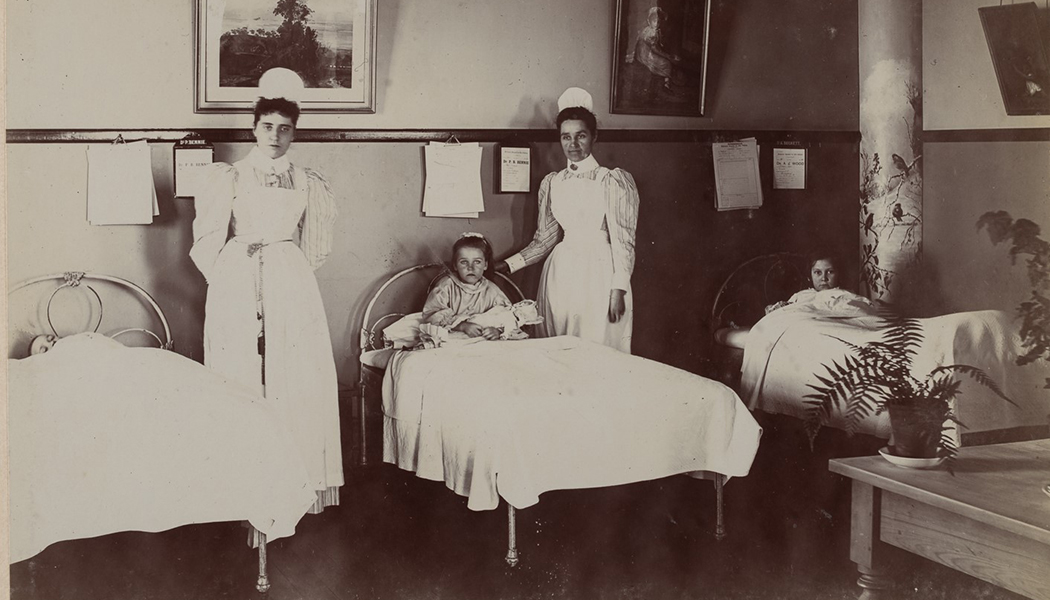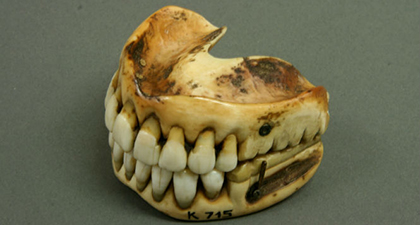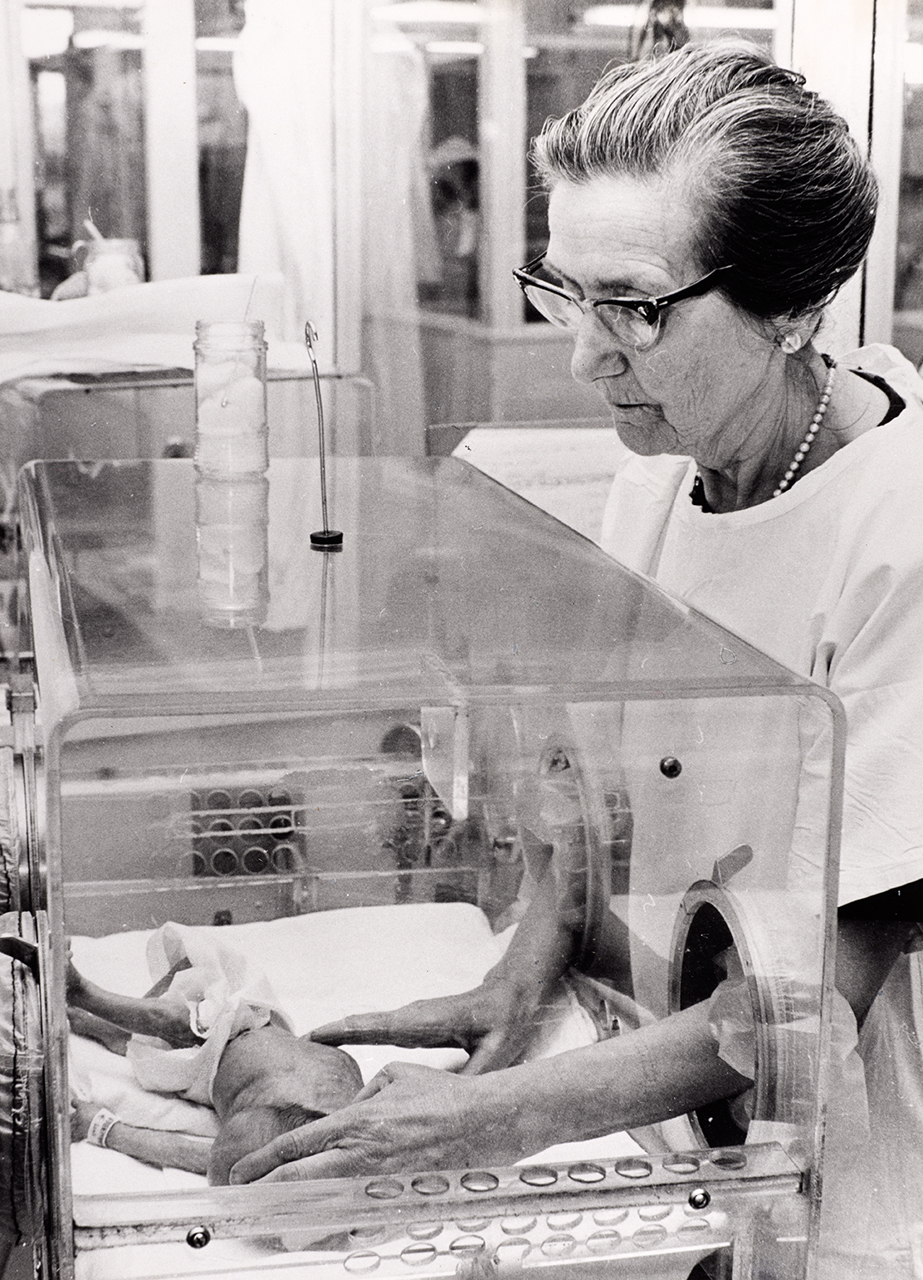Exhibitions
Shaping a profession: 50 years of dental therapists
Medical History Museum, Monday 11 March to Saturday 15 June 2024.
Shaping a profession: 50 years of dental therapists exhibition and publication celebrates and commemorates dental therapists in Victoria since 1972. It traces this journey through the lived experience of the dental therapists and academics associated with their education and training. Importantly, it highlights the crucial role of advocacy in securing the professional frameworks and tertiary education for dental therapists and oral health therapists. Crucial were the industry associations, the Australian Dental and Oral Health Therapists’ Association (ADOHTA) and Victorian Dental Therapist Association (renamed VDOHTA in 2008), which advocated for change in Victoria.
The project team was led by Professor Julie Satur and Professor Mike Morgan, honorary curator of the Henry Forman Atkinson Dental Museum, with Dr Jacqueline Healy, the director of museums in the Faculty of Medicine, Dentistry and Health Sciences, and Tess Scott, the registrar of faculty museums, who consulted with ADOHTA, practitioners, researchers and academic staff. Key to the process was Julie Satur directly contacting the extended network of practitioners, seeking their stories and memorabilia to document pivotal changes over the last 50 years. In the exhibition are loans and gifts of material, such as certificates, class photographs, wax teeth, uniforms, course results and class notes. Significantly, the archive material from the now-defunct VDOHTA, which documents the major legislative and policy changes in Victoria that enabled the practice of dental therapists, has become a substantial addition to the Henry Forman Atkinson Dental Museum collection is also in the exhibition. As well as material that provides evidence of changing social values.
Sponsored by ADOHTA , the Australian Dental and Oral Health Therapists Association.
 Image detail:
Image detail:
Dental Therapy School, Department of Health, Victoria (est. 1976, closed 1995), Second‑year dental therapy students Maureen Hahn and Christine Hill with dental assistant, 1977, photograph. HFA4322, Henry Forman Atkinson Dental Museum.
Dentistry: Innovation and Education
OnlineMore Information
Dentistry: Innovation and education
This exhibition celebrates the 135th Anniversary of the establishment of the Odontological Society of Victoria in 1884, which brought about the development of the first dental school in the State.
The Medical History Museum and Henry Forman Atkinson Museum thanks Australian Dental Association Victorian Branch, for sponsoring Dentistry: Innovation and education exhibition and catalogue.
Venom: Fear, Fascination and Discovery
Online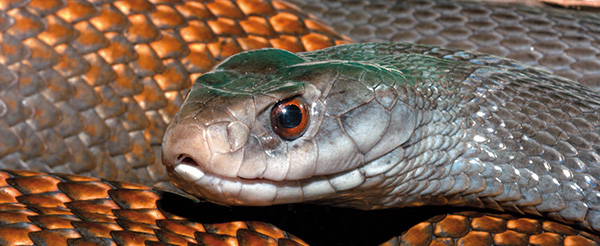
More Information
Venom: Fear, Fascination and Discovery
This exhibition tells of the fascination with the power of venom and the quest for a universal antidote against this most feared of poisons. Over thousands of years Australian Aboriginal people incorporated ways of understanding and dealing with these venomous creatures in their cultural and healing practices. Thereafter, from colonial times to the present day the search for an antidote has continued. Indeed, from the first Professor of Medicine, George Britton Halford, the University of Melbourne has been part of the global debate on the nature of venom. Contributions were made through collaboration between major research and cultural institutions: Melbourne Zoo, Museum Victoria, Healesville Sanctuary, the Walter and Eliza Hall Institute of Medical Research (WEHI) and the Commonwealth Serum Laboratories (now bioCSL). Struan Sutherland founded the Australian Venom Research Unit (AVRU), in the Department of Pharmacology at the University of Melbourne, upon the privatisation of CSL Ltd, in 1994.
Watch introductory video
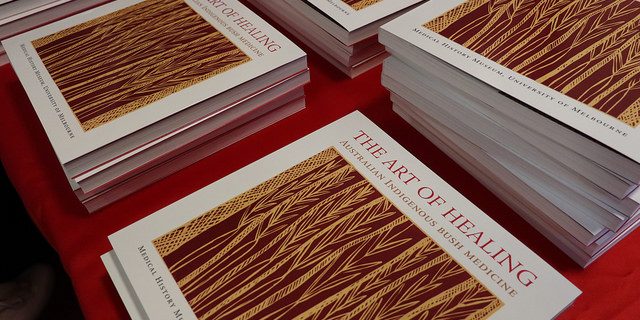
Publications
Publications complement and enhance the Faculty Museums exhibition program. Themes include women in medicine, cancer, epilepsy and Australian Indigenous healing practice encompassing milestones in health care examining the path of discovery through innovation, education and social change.

